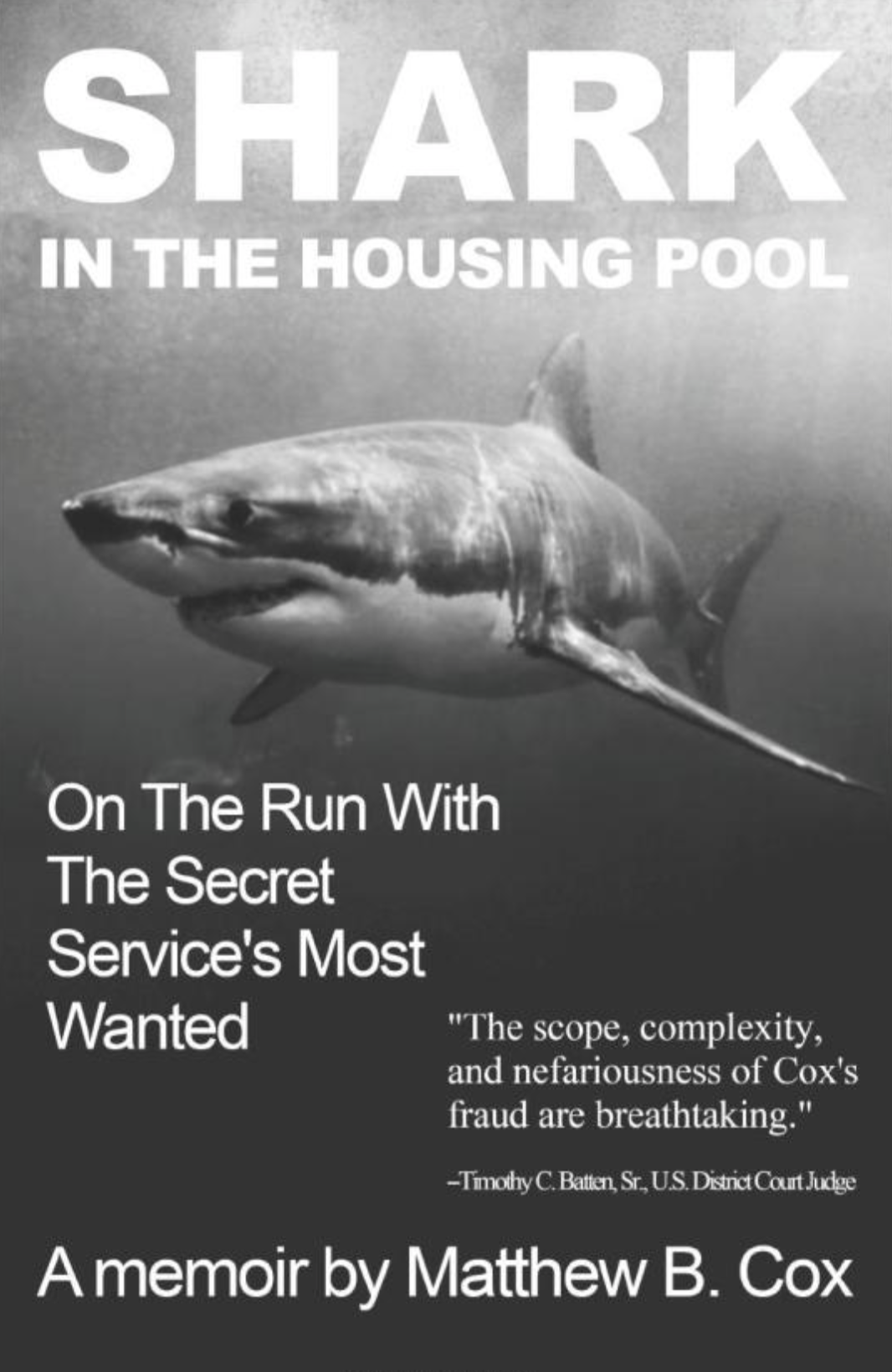Return of the “Celebrity Fraudster”
- A prime ingredient in fraud is a "fresh" social security number from a newborn
- FI's often ignore overt Fraud Alerts
- Age is not verified by credit reporting agencies
In April our post featured "celebrity fraudster" Matt Cox as he described his methods for perpetrating check fraud. He knows of which he speaks; he is the author of the book Shark in the Housing Pool: On the Run With the Secret Service's Most Wanted (out of 15 Amazon reviews, it has 14 five-star ratings -- but let's remember that the author is a professional fraudster...).
His inside-baseball descriptions of check fraud combined with mortgage fraud are stark warnings to financial institutions that perfunctory background checks and disregarding "minor' fraud alerts work us right into the fraudsters trap.
In the featured interview segment featured, Mr. Cox talks about how he uses fake IDs created for infants under one year-old to build credit scores on fraudulent credit accounts:

The Path to a Fraud Account and "Real" Credit History
While a great deal of his success seems to boil down to Mr. Cox's ability to sit comfortably in front of a bank employee while a dubious social security number is discussed and an actual Fraud Alert pops up on his credit application, we should take note of the following ingredients in his con:
- Advance Payment? No Problem! When the bank asks for payment to secure a credit card, this is no real problem for the fraudster. He'll gladly pay $100 or so to build a credit score in just a couple of months.
- Cool Under Pressure. As noted above, Mr. Cox has actually been in the office when a "Fraud Alert" comes up on a credit application -- the "infant Social Security card" has been flagged as newly created -- but remained calm and walked out with approved credit nonetheless.
- Personal Impressions Matter. Mr. Cox readily acknowledges that some of his success if attributable to stereotypical impressions: He is a well-dressed, clean-cut person sitting across from the bank employee.
- The Big Loophole. Age is not verified by credit agencies, so all the fraudster needs is a social security number and address.
One of Mr. Cox's next steps after establishing a credit history was, of course, opening a checking account as a potent fraud tool. He now has a credit history, name, mailing address, and account -- to which he can add any birthdate he desires. The checking account he creates, upon a perfunctory examination, seems squeaky clean -- fraud built on top of fraud.
Lessons Learned from the Interview
The interviews with Mr. Cox are eye-opening to say the least. Whether the fraudster is a slick, smooth talking individual like Mr. Cox, a faceless individual behind a phone, or a tech savvy individual exploiting weaknesses within systems, one thing is for certain -- if there is money to be made, there will be fraud attempts.
Banks need to be aware of the tactics being utilized by fraudsters. We've outlined the effectiveness of combining different technologies like image analysis with analytics-based systems for check fraud detection. In addition to deploying the right technologies, training employees to properly interpret the results from the systems and not disregarding the alerts or red-flags are key to stopping the fraudsters.

While Mr. Cox's situation appears to be unique, his techniques and knowledge of the processes and procedures are not unlike other fraudsters (see how millennials are falling victim to a classic check fraud scheme). He is just one of the many fraudsters leveraging the skill sets he or she possesses to successfully defraud banks and its customers of its money.